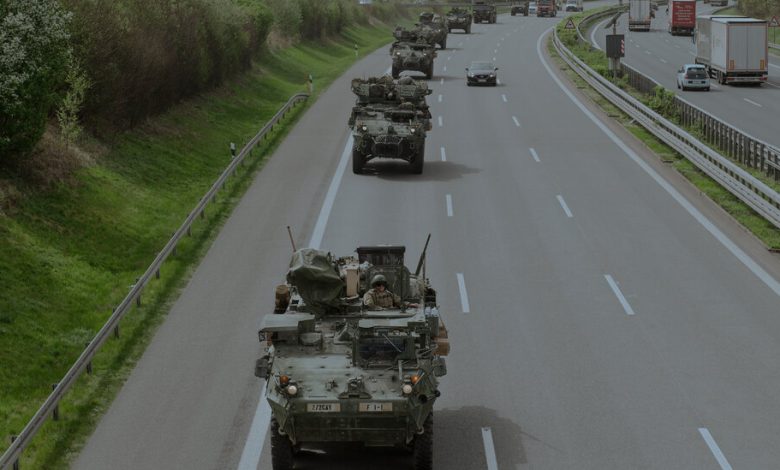NATO Puts on a Show of Force in the Shadow of Russia’s War

About 90,000 NATO troops have been training in Europe this spring for the Great Power war that most hope will never come: a clash between Russia and the West with potentially catastrophic consequences.
In Estonia, paratroopers from the 82nd Airborne Division out of Fort Liberty, N.C., jumped out of planes alongside soldiers from Colchester Garrison in Essex, Britain, for “forcible entry” operations. In Lithuania, German soldiers arrived as a brigade stationed outside Germany on a permanent basis for the first time since World War II.
And on the A4 autobahn in eastern Germany, a U.S. Army captain and his Macedonian counterpart rushed towardthe Suwalki Gap — the place many war planners predict will be the flashpoint for a NATO war with Russia — hoping the overheated radiator on their Stryker armored combat vehicle wouldn’t kill the engine.
All are part of what is supposed to be a tremendous show of force by NATO, its largest since the start of the Cold War, that is meant to send a sharp message to President Vladimir V. Putin of Russia that his ambitions must not venture beyond Ukraine.
But it is also a preview of what the opening beats of a modern Great Power conflict could look like. If NATO and Russia went to war, American and allied troops would initially rush to the Baltic countries Estonia, Latvia and Lithuania — NATO’s “Eastern Flank”— to try to block penetration by a Russian force.
